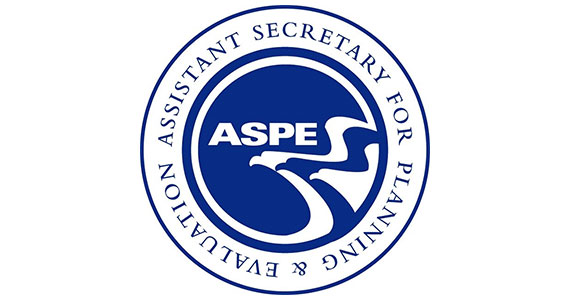KEY POINTS
- Many Medicaid and Children’s Health Insurance Program (CHIP)-enrolled children and youth who are also involved with the child welfare system had behavioral health diagnoses. Nationally in 2019, more than 40 percent of Medicaid or CHIP-enrolled children and youth ages 3 to 17 involved with the child welfare system had been diagnosed with such conditions.
- Children and youth involved with the child welfare system used more behavioral health services than other children and youth on Medicaid. In all age groups, Medicaid or CHIP-enrolled children and youth involved with the child welfare system were several times more likely to use each type of behavioral health service analyzed than those in other Medicaid eligibility groups. Over 45 percent used behavioral health services, primarily outpatient services (40.3 percent) and psychotropic medications (26.3 percent).
- Those with behavioral health diagnoses usually received some behavioral health treatment. Most Medicaid or CHIP-enrolled children and youth involved with the child welfare system who had behavioral health diagnoses received behavioral health services (90 percent), as did more than 10 percent of those without such diagnoses.
- Psychotropic medications were commonly prescribed. Of the Medicaid or CHIP-enrolled children and youth involved with the child welfare system who had a behavioral health diagnosis, more than half received psychotropic medication, and nearly a third received two or more classes of psychotropic medications during the year.
- Many children and youth without a behavioral health diagnosis also received psychotropic medications. Seven percent of Medicaid or CHIP-enrolled children and youth involved with the child welfare system ages 3 to 17, and 9 percent of those ages 12 to 17, who did not have a behavioral health diagnosis in their Medicaid claims nonetheless had been prescribed psychotropic medication.
- Rates of psychotropic medication use among children and youth involved with the child welfare system varied widely by state. At the low and high ends of the distribution, 6.0 percent of child welfare-involved Medicaid or CHIP-enrolled children and youth ages 3 to 17 in Georgia received psychotropic medication, compared with 47.2 percent in Virginia.

